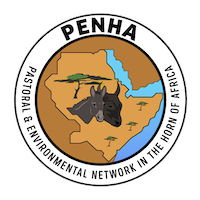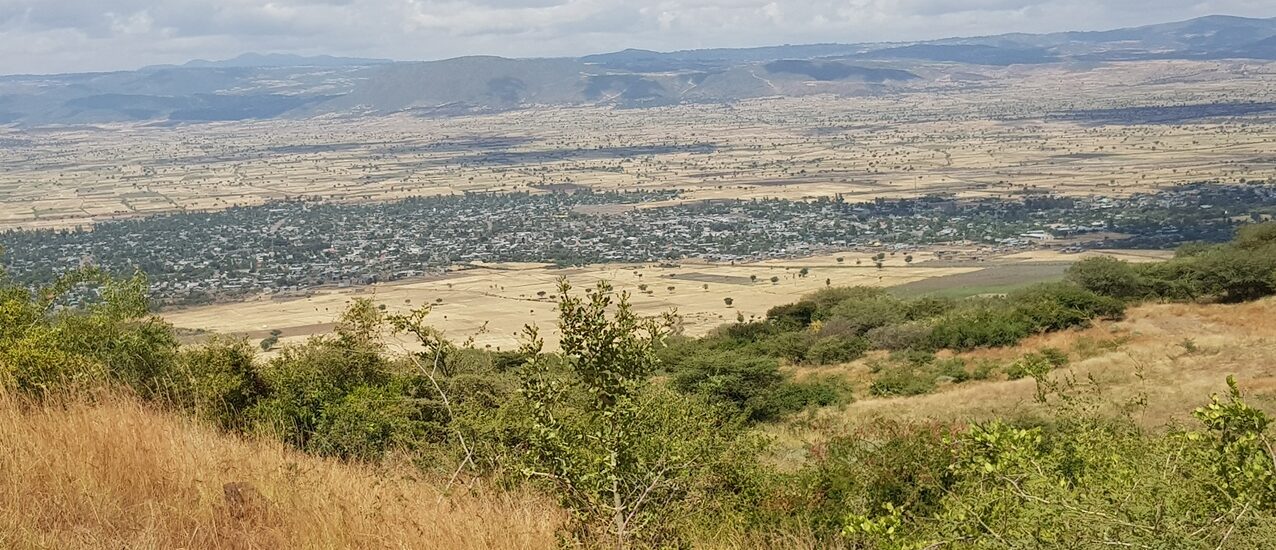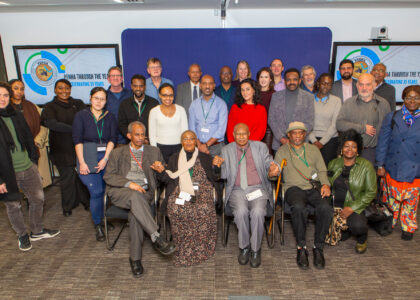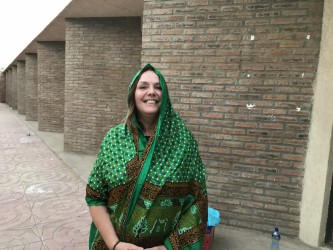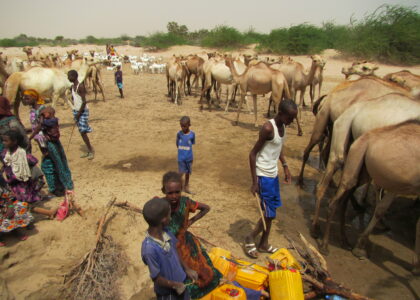Date: 23 Jun 2023
Author: Eyob Getahun
Country: Ethiopia
SDG: SDG10-Promote equality among nations, SDG13-Climate change, SDG17-Means of implementation/Global partnership for sustainable development
Subject: tour, Mekelle Tree Seed Center
Workshop hones plan for Tigray, Amhara, and Benishangul Gumuz
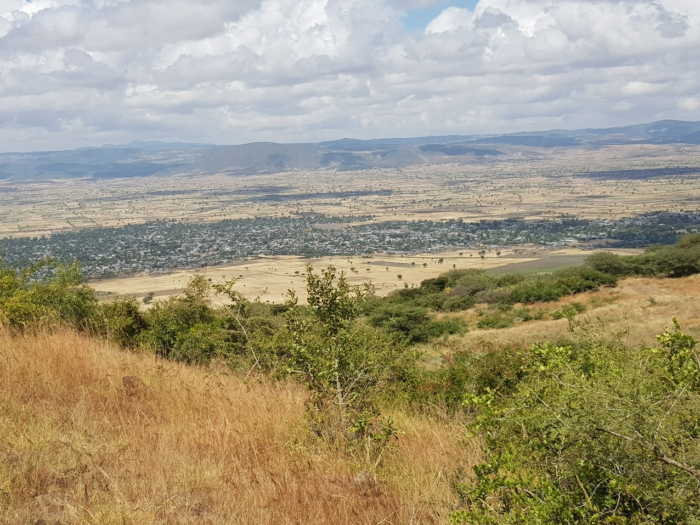
Boset, one of Ethiopia’s dryland districts. Photo: CIFOR-ICRAF/Endalkachew Wolde-Meskel
Ethiopia’s drylands have traditionally been mapped onto its lowland areas, which sit below 1500 meters above sea level and account for 61 percent of the country’s land area. But deforestation and degradation in the more densely populated highlands over the past century, combined with the impacts of climate change, has caused dryland expansion to some 70-75 percent of the country’s landmass.
“Most people think the drylands are synonymous with the lowlands. In fact, the drylands include not only the pastoral lowlands, but also the highlands that are moisture stressed,” said Kidane Georgis, a veteran researcher others call ‘The Father of the Drylands’, who served at the Ethiopian Institute for Agricultural Research for four decades leading dryland agriculture research, and now acts as an advisor and consultant on the subject.
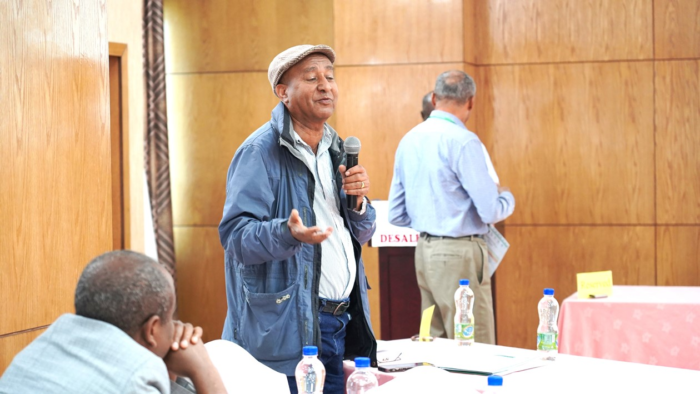
Kidane Georgis, a veteran dryland agriculture researcher, shares his experience at a recent dryland restoration workshop. Photo: PENHA
Kidane said that if the natural resources of Ethiopia’s drylands are wisely conserved, they can make significant contributions to the country’s development. “We have less rainfall distribution in drylands, but it doesn’t mean that we have little water in dryland areas,” he said. “We have several rivers flowing in them. The drylands have huge potential to develop this country through irrigated farming.”
He made the remarks at a four-day workshop, held from 15-18 May 2023 in Addis Ababa, that aimed to tailor the National Dryland Restoration Strategy (NDRS) to the specific environmental and social contexts of the Amhara, Tigray, and Benishangul Gumuz regions. The workshop was convened by the Pastoral and Environment Network in the Horn of Africa (PENHA), which played a leading role – alongside the Center for International Forestry Research and World Agroforestry (CIFOR-ICRAF) and other stakeholders – in supporting the Ethiopian government to develop and publish the NDRS in 2022.
The workshop formed part of a quest to ensure that the strategy does not remain on paper, and that researchers and officials engage with stakeholders in every region to implement it, cascading the work to the grassroots level.
Director General of Ethiopian Forestry Development (EFD) Kebede Yimam opened the event with evidence of the urgency of its quest. “In Ethiopia, 54 million hectares of land has already been degraded,” he said. “Unless tree-based restoration work is done soon, 11 million hectares of this degraded land could easily change into desert.”
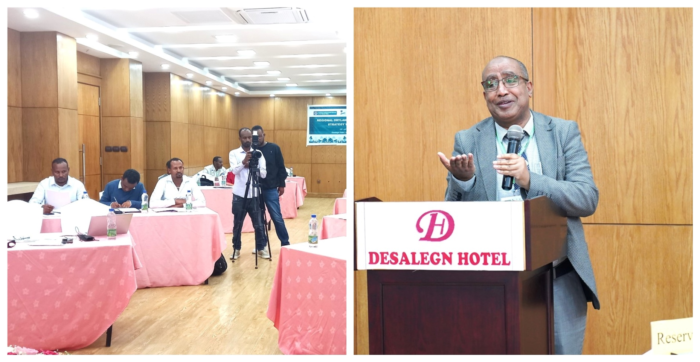
EFD Director General Kebede Yimam (right) opens the workshop. Photo: PENHA
During the workshop, representatives from Amhara, Tigray, and Benishangul Gumuz explored the current situation and challenges on the ground in their respective regions through separate plenary sessions that enabled them to share experiences. Each group came up with a 25-page draft and working document covering background information on the region, as well as the gaps, challenges, potentials, and opportunities in dryland natural resource management, land governance, livelihoods, markets and value chains, policy alignment, legal frameworks, and institutional arrangements. Participants also carried out stakeholder mapping and addressed coordination mechanisms for the implementation of the dryland restoration strategy.
Regional realizations
Kinfe Mezgebe, a researcher at the Tigray Agricultural Research Institute, was one of the participants representing Tigray, a region where the guns were silenced only a few months ago after a two-year civil war. He told the audience that almost all of Tigray – over 90 percent of it – is dryland, with a large part of the region being classed as semi-arid and a smaller part of it as arid. He said that degradation is a serious issue, with deforestation and rain shortages of particular concern in the highland drylands.
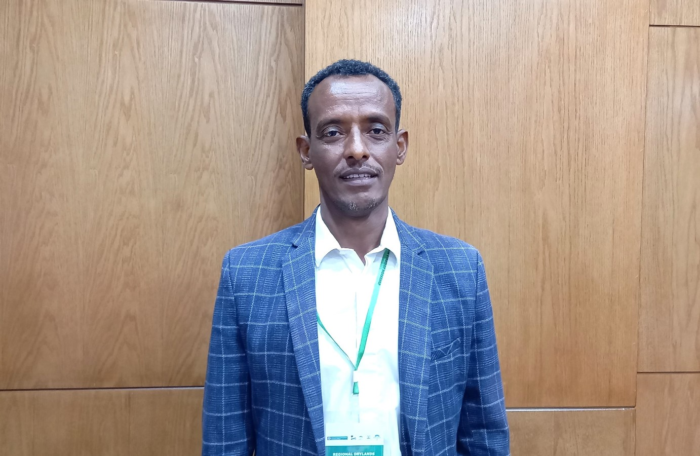
Kinfe Mezgebe, a forestry and agroforestry researcher from Tigray Region. Photo: CIFOR-ICRAF/ Eyob Getahun
Tigray’s lowlands contain vast stretches of arable land, and the area has in past decades become a resettlement area. “People migrate from the highlands to the lowlands, either independently or in consultation with the regional government,” he said. “Now, there is a lot of deforestation going on there too: charcoal is produced, and there is also traditional gold mining which causes physical destruction of land that makes it susceptible to erosion. Investors are not properly managing the land they are given: they cut down all the trees, giving little chance for the practice of agroforestry.”
Before the war, said Kinfe, Tigray provided a model of successful restoration – but many of the gains have since been reversed. A livelihood crisis and the suspension of electricity supply to the regional capital, Mekelle, intensified the exploitation of forests and woodlands for energy and subsistence, while valuable frankincense trees were used for charcoal.
Kinfe said that if it were not for two important qualities – its intersectoral and livelihood-inclusive approach – the NDRS would have become just another well-written strategy that stays on the shelf and is never implemented on the ground. “Most sectors are included in the strategy, which gives the opportunity for coordination and partnership: the major problem in Tigray Region – as well as in the whole country – is that people are concerned only about the sector they work in,” he said. “There is also duplication of efforts among governmental and non-governmental organizations working on similar projects, which results in wastage of resources.” With regards the second key quality, Kinfe said that “We used to have a classical ‘plant a tree and take care of it’ approach to restoration – the livelihood option was missing. Unless there are several livelihood options, we cannot reduce poverty; and for as long as there is poverty, people will be heavily dependent on forests and natural resources. In this strategy, restoration is aligned with livelihood options.”
He said his team had provided new contextual ideas to be included in the regional strategy document, such as the restoration of forests destroyed by the recent war; valuation of water; more attention to wild fruit trees, which helped to save lives during the war; and making Desa’a Forest, which lies between the Tigray and Afar regions, into a biosphere reserve to prevent desertification.
Asmamaw Alemu, a lecturer and researcher at Gondar University, represented Amhara Region at the workshop. “In our case, the northwest lowland areas in the region had a lot of forest resources and commercial farms,” he said. “But there are still some challenges: in the eastern lowlands, there is severe land degradation. We have gone the extra mile (in this workshop), re-considering what we knew, to redefine some of the highlands as dry, as we have understood that the most important index to identify an area as ‘dry’ is the aridity index – moisture.” He shared that Amhara Region has also suffered serious war-related impacts, and, like Tigray, needs to incorporate landscape restoration efforts into recovery and rehabilitation programs.
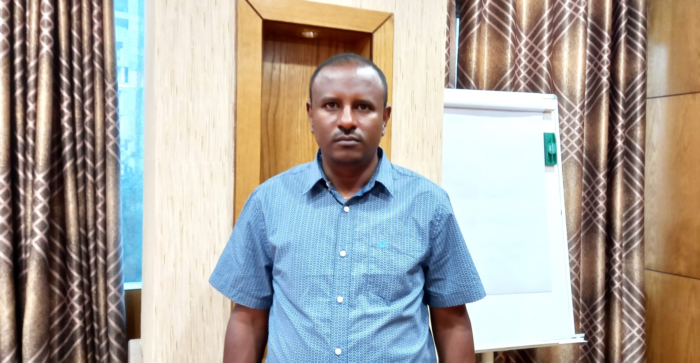
Asmamaw Alemu, a dryland researcher at Gondar University, Amhara Region. Photo: CIFOR-ICRAF/ Eyob Getahun
Asmamaw shared his hope that the Strategy can make a difference as it has brought together many stakeholders. “For the last 24 years I have known the dryland areas in Amhara through my research,” he said. “Development efforts in those areas have until now been fragmented and sector-based, but with such a comprehensive strategy, all the stakeholders can work together and exert effort in the same direction: there will be coordination and integration, which will eventually give us the chance to see the impact of our interventions.”
Participants from Benishangul-Gumuz also highlighted several specific challenges facing their region, notably forest fires and the uncontrolled expansion of mining, as well as the pressure of migration under uncertain land governance and the impacts of conflict and insecurity. These challenges were balanced by opportunities for livelihood diversification, including through bamboo products, and the potential to build on experience via participatory forest management.
The representatives of the three regions noted that they will all have more work to do after going back to their respective regions: refining their strategy documents by consulting more stakeholders and then developing a contextualized regional strategy. “What matters most is how we implement the strategy,” said Kinfe. “When all government sectors and NGOs come together, there will be a cumulative effort and then a cumulative result. For this to happen, there should be a coordinating body to gather stakeholders to work together and support one other.”
One o the participants of the workshop, ICRAF Interim Country Director for Ethiopia, Niguse Hagazi – who has been actively engaged in the preparation of the Strategy from the beginning – underlined the importance of continuing the partnership between PENHA, the Ethiopian government, and CIFOR-ICRAF, “so that we can contribute more to the development of Ethiopian drylands.”
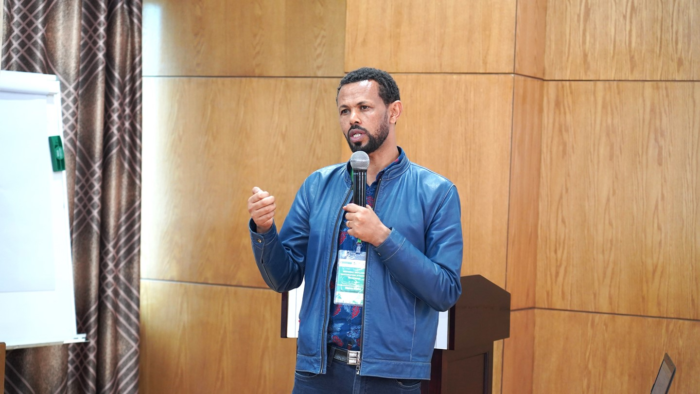
ICRAF Interim Country Director for Ethiopia, Niguse Hagazi, speaking at the workshop. Photo: PENHA
PENHA’s Regional Coordinator Amsale Shibeshi explained that her organization is coordinating the process of cascading the strategy under the Working Landscapes programme of its partners Tropenbos International, financed by the Netherlands’ Ministry of Foreign Affairs. “PENHA has been working closely with CIFOR-ICRAF, with support and guidance from EFD; the different federal and regional sector offices have also been actively engaged throughout the process,” she said.
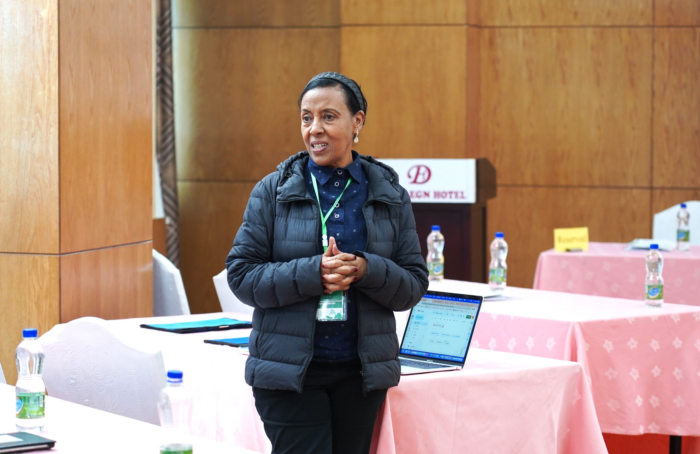
PENHA’s Regional Programme Coordinator, Amsale Shibeshi. Photo: PENHA
Amsale emphasized the need to engage with communities – men, women, and youth – in developing livelihood options that enable them to sustain conservation efforts and establishing multi-stakeholder platforms for participatory landscape management. “We have been impressed by the commitment and dedication of the participants from the regions,” she said. “This has been a collective effort, a participatory process – locally led and locally owned.”
Note: The report was first published on the website of World Agroforestry. – https://www.worldagroforestry.org/blog/2023/06/23/tailoring-ethiopias-dryland-restoration-strategy-regional-contexts
